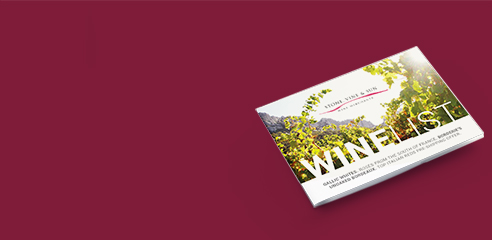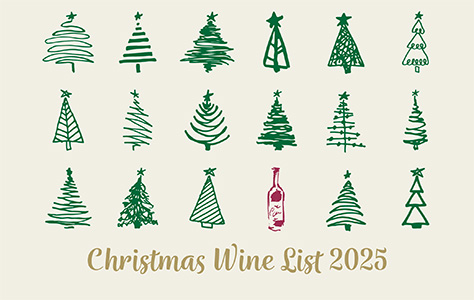Riesling
Jancis Robinson, MW: "the world’s greatest white grape" ?
Origins
Unquestionably German: documented in the 15th C
Characteristics
- Very hardy; can resist -20°C
- High acidity, even when sugar levels are high…but low in alcohol
- Reflects its terroir
- Highly aromatic: flowers, honey and spice
- High yielding, even up to 100 hectolitres per hectare (due to breeding improvements since late 19thC)
- Ripens late in Germany, but resistant to botrytis
- Great ageing ability, certainly 10, up to100+ years. As Riesling ages a scent of petrol becomes apparent;and it can appear less sweet
- Beware similar names of unrelated grapes, e.g. Eastern Europe’s Welschriesling, or South Africa’s Cape Riesling
Vinification/ Maturation
- Very simple, stainless steel tank or very large old wooden vats. No new oak anywhere
Homeland
Germany
- In particular along the river systems: Mosel-Saar-Ruwer, Rheingau and Nahe
- Planted on precipitous slopes, usually south or south-west facing, up to 200m above river level. Slate soils help ripening
- Also Pfalz, Franken, Wurttemburg etc.
- Order of ripeness (and therefore usually, but not always, sweetness): Qba (Quality wine from specific region); Kabinett; Spatlese; Auslese; Beerenauslese (BA); Trockenbeerenauslese (TBA)
- Also: Eiswein (literally ice wine), made from picking frozen grapes in December
Also to be found in
- Alsace: wines tend to be fuller bodied, with higher alcohol, and dry or off-dry
- N.E. Italy
- Austria: v. small production, dry wines on Alsace lines, often high in alcohol
- California and Oregon: tend to be dry but can be aromatic and successful
- Australia: Brought to Oz. by Silesian settlers in Barossa Valley, South Australia. Grown in cooler zones, e.g. Clare and Eden Valleys, Adelaide Hills, can be dry, limey and excellent
- New Zealand: usually South Island. Often scented and pretty
- Chile. Early days
- South Africa: Known as Weisser Riesling. A sideshow




